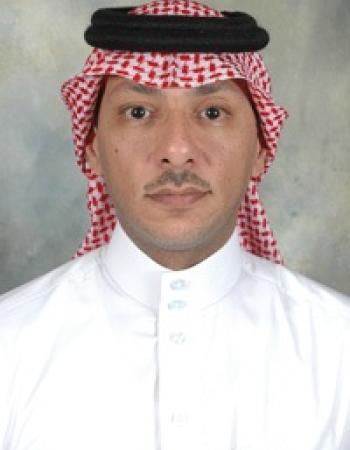Variability in Secondary Structure of 18S Ribosomal RNA as Topological Marker for Identification of Paramecium species
Shakoori, Farah R. Shakoori,1 Fareeda Tasneem,1 K. Al-Ghanim,2 S. Mahboob,2 F. Al-Misned,2 Nusrat Jahan,3 and Abdul Rauf . 2014
Besides cytological and molecular applications, Paramecium is being used in water quality assessment and for determination of saprobic
levels. An unambiguous identification of these unicellular eukaryotes is not only essential, but its ecological diversity must also be explored in
the local environment. 18SrRNA genes of all the strains of Paramecium species isolated from waste water were amplified, cloned and
sequenced. Phylogenetic comparison of the nucleotide sequences of these strains with 23 closely related Paramecium species from GenBank
Database enabled identification of Paramecium multimicronucleatum and Paramecium jenningsi. Some isolates did not show significant close
association with other Paramecium species, and because of their unique position in the phylogenetic tree, they were considered new to the
field. In the present report, these isolates are being designated as Paramecium caudatum pakistanicus. In this article, secondary structure of
18SrRNA has also been analyzed as an additional and perhaps more reliable topological marker for species discrimination and for determining
possible phylogenetic relationship between the ciliate species. On the basis of comparison of secondary structure of 18SrRNA of various
isolated Paramacium strains, and among Paramecium caudatum pakistanicus, Tetrahymena thermophila, Drosophila melanogaster, and
Homo sapiens, it can be deduced that variable regions are more helpful in differentiating the species at interspecific level rather than at
intraspecific level. It was concluded that V3 was the least variable region in all the organisms, V2 and V7 were the longest expansion segments
of D. melanogaster and there was continuous mutational bias towards G.C base pairing in H. sapiens. J. Cell. Biochem. 115: 2077–2088,
2014. © 2014 Wiley Periodicals, Inc.

This current work revealed a single-step fabrication of tungsten oxide nanoflakes (WO3
NFs) with the help of Terminalia arjuna bark extract. Bioactive phytoconstituents of T. arjuna bark…

In the present work, the residual biomass of the green seaweed Ulva lactuca was chosen as feedstock to undergo separate
hydrolysis and fermentation process to produce bioethanol. The…

Waterbirds may be a good indicator of harmful metal levels in aquatic environments. Waterbirds’
organs and tissues were tested for the presence of pollutants, such as metals. However,
…

